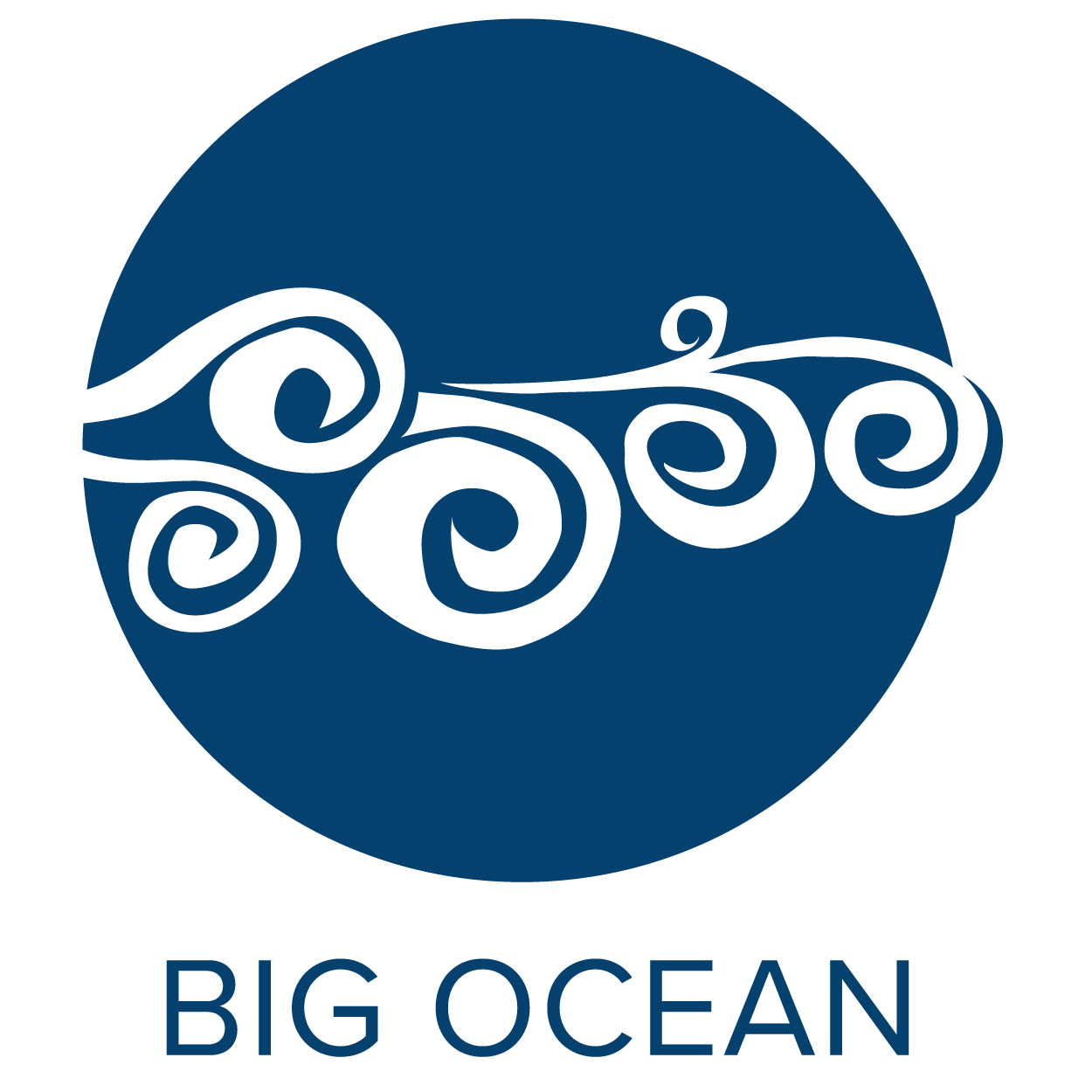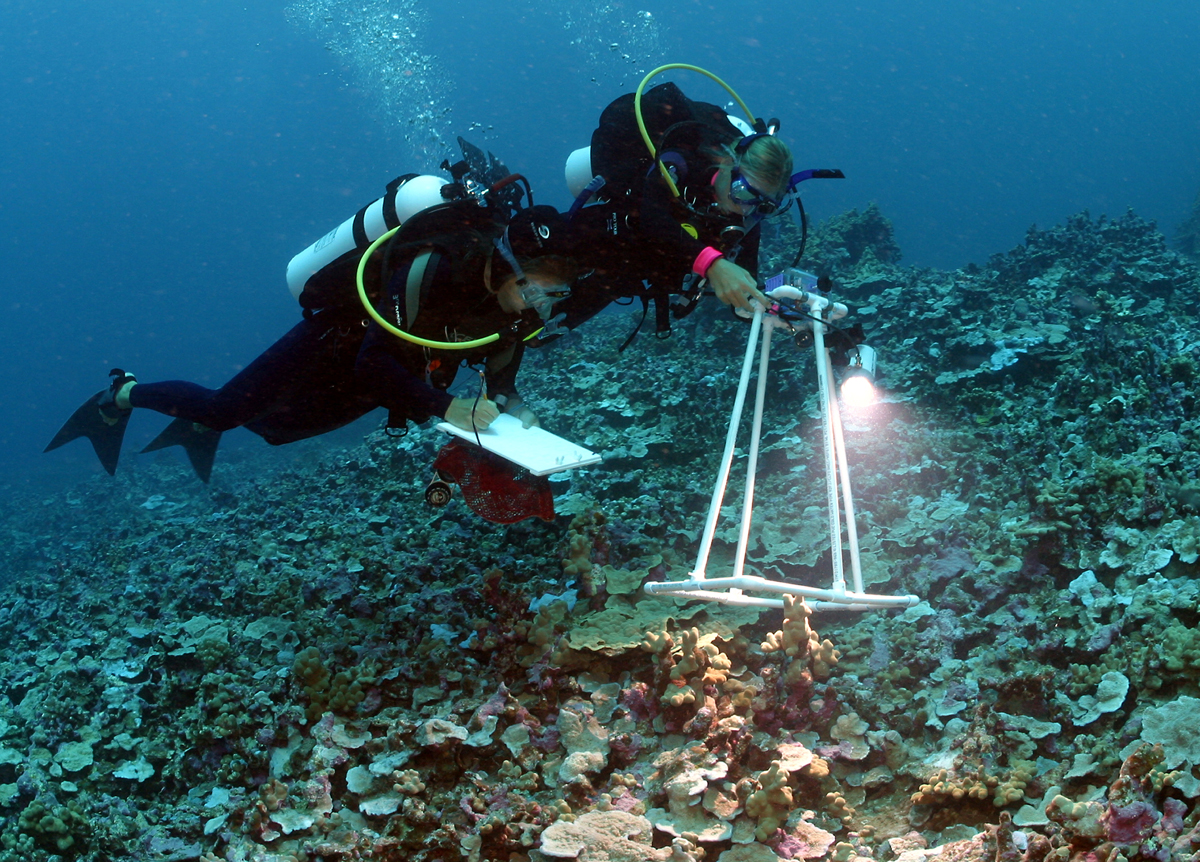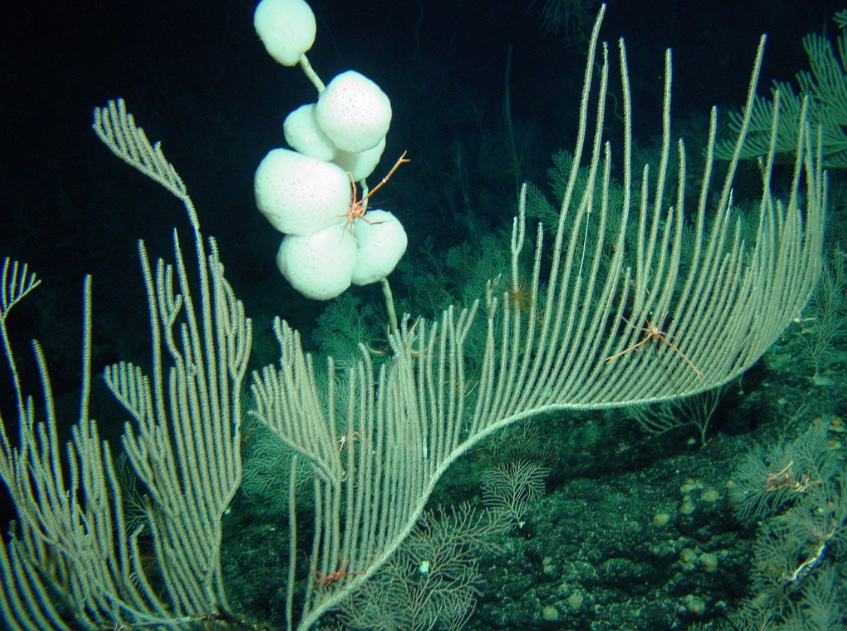Papahānaumokuākea Marine National Monument and World Heritage Site (USA)
Established: 2000/2006 • Expanded: 2016
Originally established as the Northwestern Hawaiian Islands Coral Reef Ecosystem Reserve in 2000 by U.S. President Bill Clinton; Papahānaumokuākea was later established in 2006 by U.S. President George W. Bush. On Friday, August 26, 2016, President Obama signed a proclamation expanding the Papahānaumokuākea Marine National Monument. Previously the largest contiguous fully-protected conservation area in the United States the expanded boundaries make it once again the biggest protected area on the planet and an area nearly the size of the Gulf of Mexico.
Location: Northwestern 3/4 of the Hawaiian Archipelago, N25 20 56.652 W170 8 44.952
Original Size: 362,074 km2 • Expansion: 1,508,870 km2
Website: http://www.papahanaumokuakea.gov
Papahānaumokuākea is globally recognized for its biological and cultural significance, being the only mixed UNESCO World Heritage site in the United States and only one of 35 mixed sites in the world. Its long list of protections includes designation as a Particularly Sensitive Sea Area by the International Maritime Organization.
Papahānaumokuākea is a vast and isolated linear cluster of small, low lying islands and atolls, with their surrounding ocean, roughly 250 km to the northwest of the main Hawaiian Archipelago and extending over some 1931 km, making it one of the largest marine protected areas in the world. Much of the Monument is made up of pelagic and deepwater habitats, with notable features such as seamounts and submerged banks, extensive coral reefs and lagoons. Largely as a result of its isolation, marine ecosystems and ecological processes are virtually intact, leading to exceptional biomass accumulated in large apex predators. This isolation has also resulted in an extremely high degree of endemism; for example one quarter of the presently known marine species in the area are endemic. Over one fifth of the fish species are unique to the archipelago, while coral species endemism is over 40%. The area is host to numerous endangered or threatened species, both terrestrial and marine, some of which depend solely on Papahānaumokuākea for their survival. The area has deep cosmological and traditional significance for living Native Hawaiian culture, as an ancestral environment, as an embodiment of the Hawaiian concept of kinship between people and the natural world, and as the place where it is believed that life originates and to where the spirits return after death. The region has also been a training ground for both ancient and modern wayfinders.










